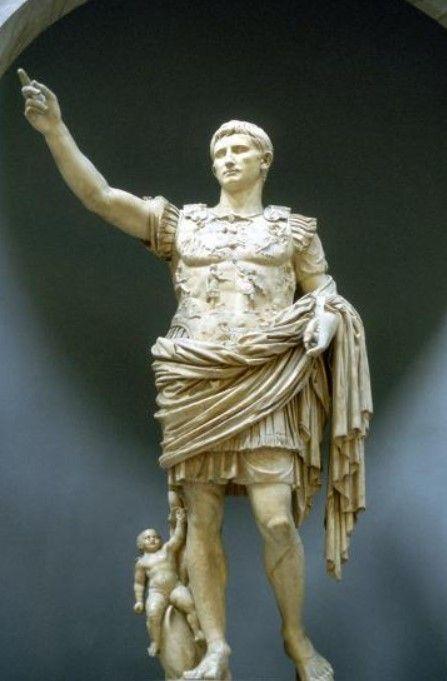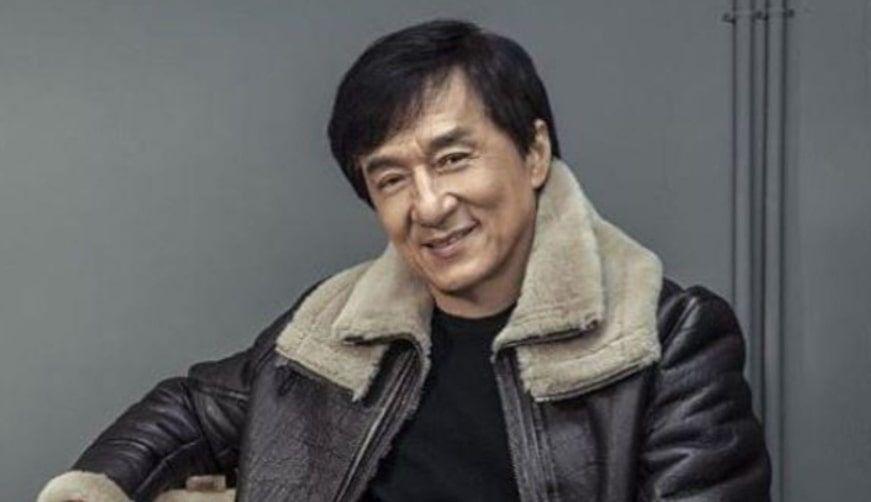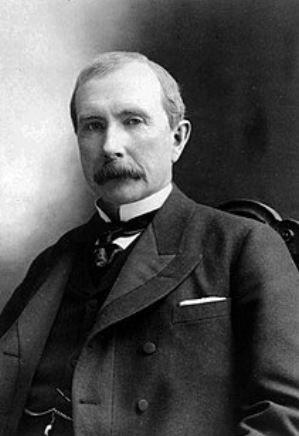INTUSK MAGAZINE
TO THE CORE OF YOUR HEART
Stephan Grover Cleveland
February 2, 2023
Early Life
Stephen Grover Cleveland was born in Caldwell, New Jersey, on March 18, 1837, to Ann and Richard Falley Cleveland. His father was a Congregational and Presbyterian minister born in Connecticut.
Cleveland was the fifth of nine children and named Stephen Grover in honour of the first pastor of the First Presbyterian Church of Caldwell, where his father was pastor at the time.
In 1850, Cleveland's father Richard moved his family to Clinton, New York, to work as district secretary for the American Home Missionary Society.
Cleveland attended Fayetteville Academy and Clinton Liberal Academy for his elementary education. After his father died in 1853, he dropped out of school to support his family. Cleveland's brother William was hired as a teacher at the New York Institute for the Blind in New York City later that year, and William secured a position for Cleveland as an assistant teacher. At the end of 1854, Cleveland returned to Holland Patent, where an elder in his church offered to pay for his college education if he promised to become a minister. Cleveland declined, and he decided to relocate west in 1855.
He first stopped in Buffalo, New York, where his uncle, Lewis F. Allen, hired him as a clerical worker. Cleveland later joined the firm as a clerk, began reading the law with them, and was admitted to the New York bar in 1859. He was appointed assistant district attorney for Erie County in January 1863.
Cleveland entered the White House as a bachelor at the age of 47. In 1885, Cleveland's friend Oscar Folsom's daughter paid him a visit in Washington. Frances Folsom attended Wells College. President Cleveland received her mother's permission to correspond with her when she returned to school, and they were soon engaged to be married. On June 2, 1886, the couple married in the Blue Room of the White House. Cleveland was 49 at the time, and Frances was 21.
He was the second president to marry while in office and remains the only president to marry in the White House.
At 21 years old, Frances Folsom Cleveland was the youngest First Lady in history. The Clevelands had five children: Ruth (1891–1904), Esther (1893–1980), Marion (1895–1977), Richard (1897–1974), and Francis (1903–1995).
Cleveland also claimed paternity for another child he had with Maria Crofts Halpin, Oscar Folsom Cleveland.
Political Career
From his earliest involvement in politics, Cleveland aligned himself with the Democratic Party. In 1865, he ran for District Attorney, losing narrowly to his friend, Lyman K. Bass, the Republican nominee.
In 1870, with the help of his friend Oscar Folsom, Cleveland secured the Democratic nomination for sheriff of Erie County, New York. He won the election by a 303-vote margin and took office on January 1, 1871, at age 33.
In 1881, the party leaders approached Cleveland, and he agreed to run for mayor of Buffalo. When the more notorious politicians were left off the Democratic ticket, Cleveland accepted the nomination. Cleveland was elected mayor with 15,120 votes, as against 11,528 for Milton C. Beebe, his opponent. He took office on January 2, 1882.
With a split in the state Republican party in 1882, the Democratic party was considered to be at an advantage; several men contended for that party's nomination for governor. Cleveland emerged as the compromise choice. Cleveland won the general election with 535,318 votes to Republican nominee Charles J. Folger's 342,464 votes.
1884 Election
Among the Democrats, Samuel J. Tilden was the initial front-runner for the nominee for the presidential election, having been the party's nominee in the contested election of 1876. After Tilden declined a nomination due to his poor health, his supporters shifted their attention to several other contenders.
Cleveland was among the leaders in early support. Cleveland led on the first ballot, with 392 votes out of 820. Thomas A. Hendricks of Indiana was selected as his running mate. James G. Blaine was his rival in the Republican party.
After the votes were counted, Cleveland narrowly won all four of the swing states, including New York by 1200 votes.[100] While the popular vote total was close, with Cleveland winning by just one-quarter of a percent, the electoral votes gave Cleveland a majority of 219–182.
First Presidency
Cleveland was immediately tasked with filling all of the government positions for which the president had the power of appointment. Normally, the spoils system is used to fill these positions, but Cleveland declared that he would not fire any Republicans who were performing their jobs well and would not make appointments based solely on party loyalty.
Cleveland was the first Democratic president subject to the Tenure of Office Act, which originated in 1867. The act purported to require the Senate to approve the dismissal of any presidential appointee who was originally subject to its advice and consent. Cleveland objected to the act in principle, and his steadfast refusal to abide by it prompted its fall into disfavour and led to its ultimate repeal in 1887.
Cleveland faced a Republican Senate and often resorted to using his veto powers. He vetoed hundreds of private pension bills for American Civil War veterans. Cleveland used the veto far more often than any president up to that time.
One of the most volatile issues of the 1880s was whether the currency should be backed by gold and silver, or by gold alone. Because silver was worth less than its legal equivalent in gold, taxpayers paid their government bills in silver, while international creditors demanded payment in gold, resulting in a depletion of the nation's gold supply.
Cleveland and Treasury Secretary Daniel Manning stood firmly on the side of the gold standard and tried to reduce the amount of silver that the government was required to coin under the Bland–Allison Act of 1878.
He refused to promote the previous administration's Nicaragua canal treaty, and was generally less of an expansionist in foreign relations.
1888 Election
The Republicans nominated Benjamin Harrison, the former U.S. Senator from Indiana, for president, and Levi P. Morton of New York for vice president. Cleveland was renominated at the Democratic convention in St. Louis. [164] Following Vice President Thomas A. Hendricks's death in 1885, the Democrats chose Allen G. Thurman of Ohio to be Cleveland's new running mate.
As in 1884, the election focused on the swing states of New York, New Jersey, Connecticut, and Indiana. But unlike that year, when Cleveland triumphed in all four, in 1888 he won only two, losing his home state of New York by 14,373 votes. Cleveland won a plurality of the popular vote—48.6 percent vs. 47.8 percent for Harrison—but Harrison won the Electoral College vote easily, 233–168.
Election 1892
Cleveland was nominated on the first ballot at the convention in Chicago. For vice president, the Democrats chose to balance the ticket with Adlai E. Stevenson of Illinois, a Silverite.
The Republicans re-nominated President Harrison, making the 1892 election a rematch of the one four years earlier.
In part, because Harrison's wife, Caroline, was dying of tuberculosis. [185] Harrison did not personally campaign at all. Following Caroline Harrison's death on October 25, two weeks before the national election, Cleveland and all of the other candidates stopped campaigning.
The final result was a victory for Cleveland by wide margins in both the popular and electoral votes, and it was Cleveland's third consecutive popular vote plurality.
Second Presidency
Shortly after Cleveland's second term began, the Panic of 1893 struck the stock market, and he soon faced an acute economic depression.[191] The panic was worsened by the acute shortage of gold that resulted from the increased coinage of silver.
Cleveland attempted to reverse the effects of the McKinley Tariff after being successful in overturning the Harrison administration's silver policy. Representative William L. Wilson of West Virginia introduced the Wilson-Gorman Tariff Act in December 1893. The bill passed the House with ease after a protracted debate.
When Cleveland took office he faced the question of Hawaiian annexation. In his first term, he had supported free trade with Hawai'i and accepted an amendment that gave the United States a coaling and naval station in Pearl Harbor.
Retirement
Cleveland's agrarian and Silverite enemies gained control of the Democratic party in 1896, repudiated his administration and the gold standard, and nominated William Jennings Bryan on a Silver Platform. Cleveland silently supported the Gold Democrats' third-party ticket that promised to defend the gold standard, limit government, and oppose high tariffs, but he declined their nomination for a third term. The party won only 100,000 votes in the general election, and William McKinley, the Republican nominee, triumphed easily over Bryan.
After leaving the White House on March 4, 1897, Cleveland lived in retirement at his estate, Westland Mansion, in Princeton, New Jersey.
Cleveland consulted occasionally with President Theodore Roosevelt (1901–1909) but was financially unable to accept the chairmanship of the committee handling the Coal Strike of 1902.
In 1906, a group of New Jersey Democrats promoted Cleveland as a possible candidate for the United States Senate.
Illness and Death
In the midst of the fight for repeal of Free Silver coinage in 1893, Cleveland sought the advice of the White House doctor, Dr. O'Reilly, about soreness on the roof of his mouth and a crater-like edge ulcer with a granulated surface on the left side of his hard palate. Clinical samples were sent anonymously to the Army Medical Museum; the diagnosis was an epithelioma, rather than malignant cancer.
The surgery occurred on July 1, to give Cleveland time to make a full recovery in time for the upcoming Congressional session. The surgery was conducted through the president's mouth, to avoid any scars or other signs of surgery. The team, sedating Cleveland with nitrous oxide and ether, successfully removed parts of his upper left jaw and hard palate.
During another surgery, Cleveland was fitted with a hard rubber dental prosthesis that corrected his speech and restored his appearance.
Cleveland's health had been declining for several years, and in the autumn of 1907, he fell seriously ill. In 1908, he suffered a heart attack and died on June 24, at age 71, in his Princeton residence. He is buried in the Princeton Cemetery of the Nassau Presbyterian Church.



